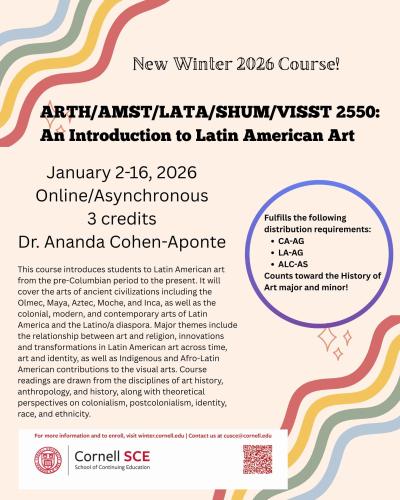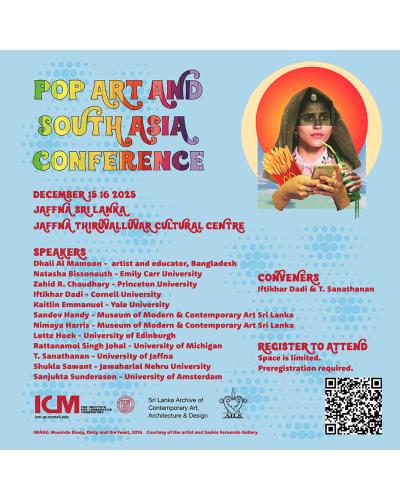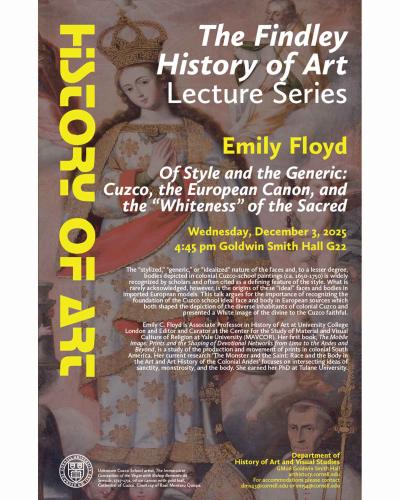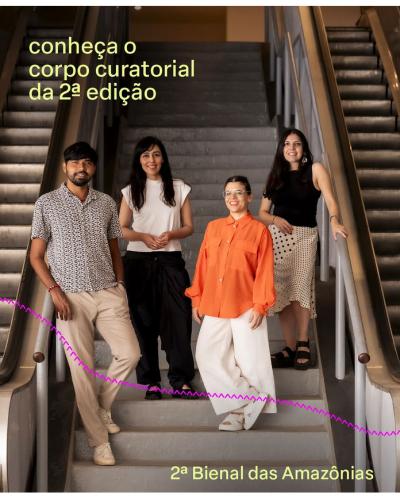“Seeing Expansion: Representation in the Visual Culture of the Late Russian Empire”
“Seeing Expansion: Representation in the Late Russian Empire’s Visual Culture” examines how photography was the primary channel by which the empire constructed discriminatory perceptions of communities from Russian territories in Asia. Drawing on the hierarchies disseminated by ‘type’ photographs, imperial commissions such as paintings, objets d’art, illustrated volumes, and public monuments were designed to beguile viewers and portray certain communities as a timeless or temporally delayed Other. While official photographs crystalized new understandings of difference that validated the violence emanating from Russia’s center onto its surrounding regions, photography conveyed contradictory representations of identity as it spread to territories in Central Asia and eastern borderlands. A comparative approach to modernity reveals how the dazzling effects of media and art proved unwieldy to imperial motives, largely due to the unprecedented forms of expression that photography engendered. While early photography’s conventions reflected expansionist ideologies, the medium channeled unprecedented forms of subjectivity that emerged out of the empire’s refusal to integrate its eastern territories.





